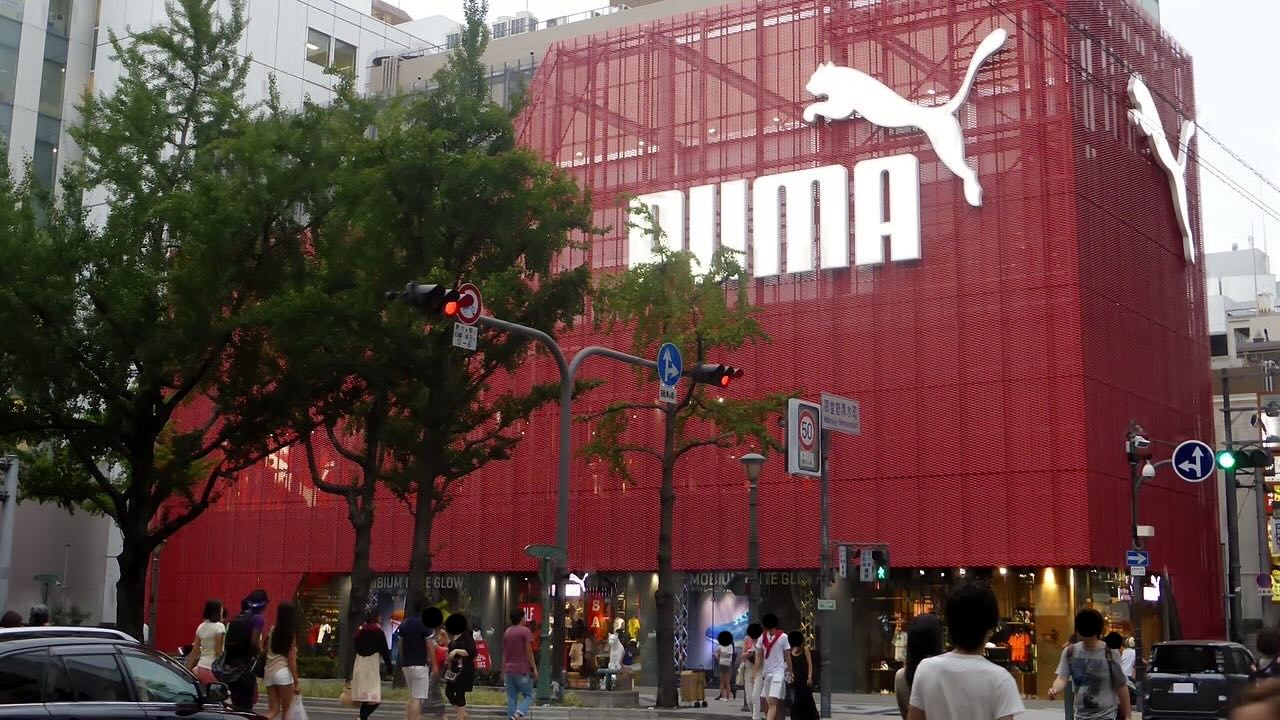
Puma’s mission statement and vision statement focus on making the company an industry leader, with emphasis on sustainability. The company’s mission and vision signal competition with other global sporting goods firms.
The corporate mission and vision statements determine Puma’s generic strategy for competitive advantage and intensive strategies for growth. The sporting goods company’s competitive advantages are offshoots of strategic management guided by the mission statement and vision statement. Such a relationship indicates the importance of carefully crafting these statements, which Puma has done, especially about its vision statement, given current business conditions, industry trends, global market opportunities, and strategic targets.
Puma’s Mission Statement
Puma’s mission is “to be the Fastest Sports Brand in the world.” This mission links to the company’s mantra, “Forever Faster,” with the aim of leading the sporting goods industry. The components of Puma’s mission statement are:
- Fastest
- Sports brand
- Worldwide market reach
Puma states that being the “fastest” is about leadership in trendsetting branding, product design, product distribution, and organization of operations. In using the word, “fastest,” the company’s corporate mission emphasizes the ability to immediately respond to new and emerging trends, to ensure the profitability of the firm’s athletic footwear, apparel, and accessories. Business strengths, such as those identified in the SWOT analysis of Puma, support this component of the mission statement.
The “sports brand” component shows that Puma aims to maintain its business operations within its current industry, instead of diversifying or venturing into other industries.
The corporate mission statement keeps Puma’s strategies relevant to market demand and industry trends at the international level. This mission statement is directly reflected in the company’s vision statement, which has similar components pertaining to the business purpose, sports branding, and a multinational market reach.
Puma’s Vision Statement
Puma’s vision is “to be the most desirable and sustainable Sportlifestyle company in the world.” This vision statement aligns with the corporation’s thrust for its sustainability. The components of Puma’s vision statement are:
- Most desirable
- Most sustainable
- Sportlifestyle company
- Worldwide strategic positioning
Puma’s corporate vision aims for being “the most desirable,” which equates to leadership in the industry, including desirability among customers, shareholders, and workers. Along with “most sustainable,” this component of the vision statement indicates the company’s efforts in satisfying various stakeholder groups. Thus, the corporate vision statement is directly linked to Puma’s corporate social responsibility (CSR) and ESG strategy for sustainability and other stakeholder interests.
The vision’s “Sportlifestyle company” component reflects the mission statement’s “sports brand” component, in that both statements focus business operations onto the corporation’s current industry – sporting goods. This focus defines the development of Puma’s organizational structure (company structure) and its support for business operations.
Furthermore, the vision statement establishes the company’s goal for a global reach in the sporting goods market. This factor partly depends on the effectiveness of Puma’s marketing mix or 4Ps in reaching target customers. Considering these components, the vision statement strongly aligns with the athletic footwear company’s mission statement.
Summary & Recommendations – Puma’s Mission & Vision
Puma’s mission statement establishes what the business does in the sporting goods industry. In this case, the corporation aims for industry leadership in developing and providing its athletic goods to target customers around the world. On the other hand, the company’s vision statement determines the overall strategic direction of the enterprise and its development as a major player in the global athletic shoes and apparel market.
Puma is one of the biggest companies in the industry, directly competing against other large players, such as Nike, Adidas, ASICS, Under Armour, and New Balance, which impose aggressive competitive pressures in the international industry. Puma’s corporate vision and mission statements are critical determinants of how the business pursues its strategic objectives and plans, despite pressures, risks, and challenges from large multinational competitors.
Mission Statement. Puma’s mission statement is concise and specific to the nature and purpose of the business being in the sporting goods industry. However, some of the ideals of writing corporate mission statements are not satisfied in this case. For example, the statement only implies what the company means when it says “fastest.” Also, the mission statement provides limited information about what the company does, such as the design and development of sports equipment, apparel, and accessories. A recommendation is to make the corporate mission statement more detailed with specificity to Puma’s business operations.
It is notable that Puma’s organizational culture (work culture) influences the human resource support for the achievement of this mission statement. Thus, the company ensures that its culture is aligned with the strategic goals espoused in the mission statement, considering the athletic shoes, apparel, and equipment market environment.
Vision Statement. Puma’s vision statement is inspiring, future-oriented, and broadly applicable to all areas of the business. In this regard, the conventions on writing ideal corporate vision statements are satisfied. However, to enhance the vision statement, the company can include some details about the manner of achieving this vision and related long-term strategic goals.
In determining such manner, a Porter’s Five Forces analysis of Puma can help identify the most significant competitive pressures that affect strategic management and formulation. Also, considering the vision statement’s emphasis on sustainability, it is necessary to state how the company’s strategic management could use emerging trends in the sporting goods industry. A PESTEL/PESTLE analysis of Puma can evaluate these trends, especially ecological trends relevant to the business and its vision statement.
References
- Dhir, Y. J. (2025). Crusading into the innovative and sustainable concepts of sportswear design & development. In Sustainable Sportswear and Activewear (pp. 77-131). Elsevier.
- Jaworski, B., & Cheung, V. (2023). Getting Started on the Journey: Mission, Vision, and Purpose. In Creating the Organization of the Future (pp. 55-64). Emerald Publishing Limited.
- Puma – History.
- Puma – Our Mission.
- Puma redefines the game: Unveiling a bold strategy and brand positioning with ‘go wild’ campaign.
- Puma reports flat currency-adjusted sales in Q1 and progress on NextLevel cost efficiency programme.